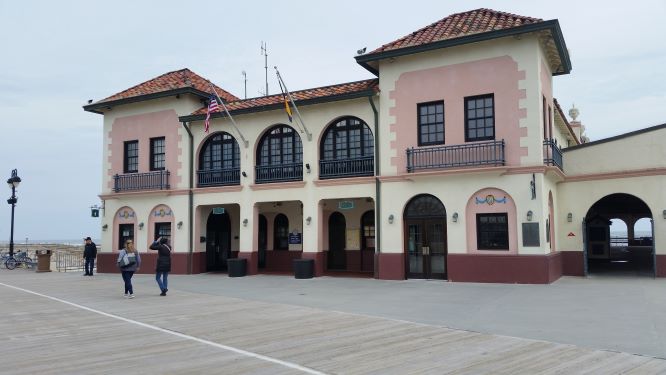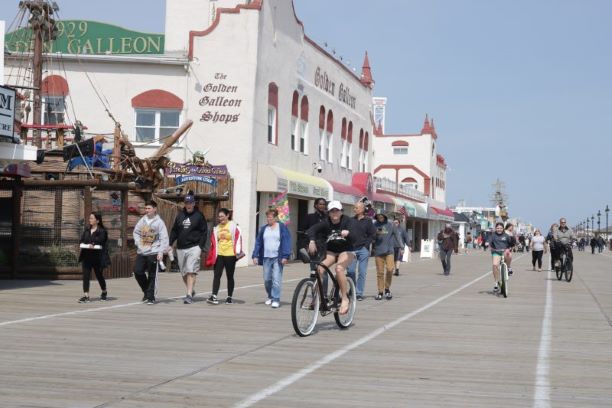This may sound a bit strange, but we’re delighted to see Jersey Shore dredging projects even at the risk of inconvenience to summer visitors.
After years of silt building up in back bays and increasingly strangling the crucial boating portion of the shore economy, the restoration of channels and docks has become rather routine. That’s a great thing and the result of New Jersey fixing a serious shore problem. We’re ready to tolerate a few local difficulties as part of getting the job done.
As recently as 2015 we had declared, “The state and federal governments have made dredging waterways, depending on location, either impossible or prohibitively expensive. … State officials need to take the lead on getting the needed dredging done in a cost-effective, acceptable way.”
Ocean City, for example, had struggled and spent plenty to keep its waters functional. When the state’s own method of disposing of dredged material was denied to the city, the city had to spend $2.7 million to have the muck hauled away by truck — and got only a 10th of its waterway work done.
The tide started to turn in 2017, when a New Jersey review of dredging restrictions began relaxing unneeded ones, such as prohibiting work for five months of the year to protect a fish that wasn’t actually in the area.
A big breakthrough came a couple of years later when the New Jersey Department of Environmental Protection and the U.S. Army Corps of Engineers started partnering to determine where dredged material could be placed beneficially to build coastal resilience while increasing maintenance efficiency and reducing project costs.
The dredging drought created a backlog of projects, among them St. George’s Thoroughfare adjacent to Brigantine’s popular beach at the Cove. The state Department of Transportation was scheduled to restore that increasingly hazardous waterway next year.
Then it became possible for the work to commence this week, still the height of the tourism season. City officials took it in stride and made the best of it.
“The city understands that the timing of this project is not ideal, but due to the DEP regulations on when dredging can be done and the schedule of the contractor, we have no other choice but to allow the DOT to do the project now,” Mayor Vince Sera said. After talks with the city, the DOT “came up with a great plan to complete the project while keeping a majority of the Cove beach open,” he said.
Ocean City, which helped spur the needed state reforms, by 2019 had the best and most effective dredging program of any waterfront tourism town in the state. The year before the DEP had issued it the first-ever citywide (and island-wide) dredging permit.
Recently Ocean City Council approved design and permitting contracts for dredging in the off-season ahead. Some on council wanted to consider awarding the contracts to someone other than the firm that had helped the city obtain the island-wide permit.
This reminds us of the claim a few years ago by the civic group Fairness in Taxes that the city’s $60,000 a year contract for dredging-related lobbying was a waste.
Ocean City’s efforts on dredging have been an impressive lifeline to its boating and waterfront communities. In overcoming the long odds of excessive and misguided state regulation, the city helped clear a channel for its own dredging success and that of many other shore municipalities.
Marine activities and businesses are important to visitors and residents alike. They were weakened by the end of dredging, so we’re inclined to welcome projects that restore an essential part of the Jersey Shore’s appeal.






